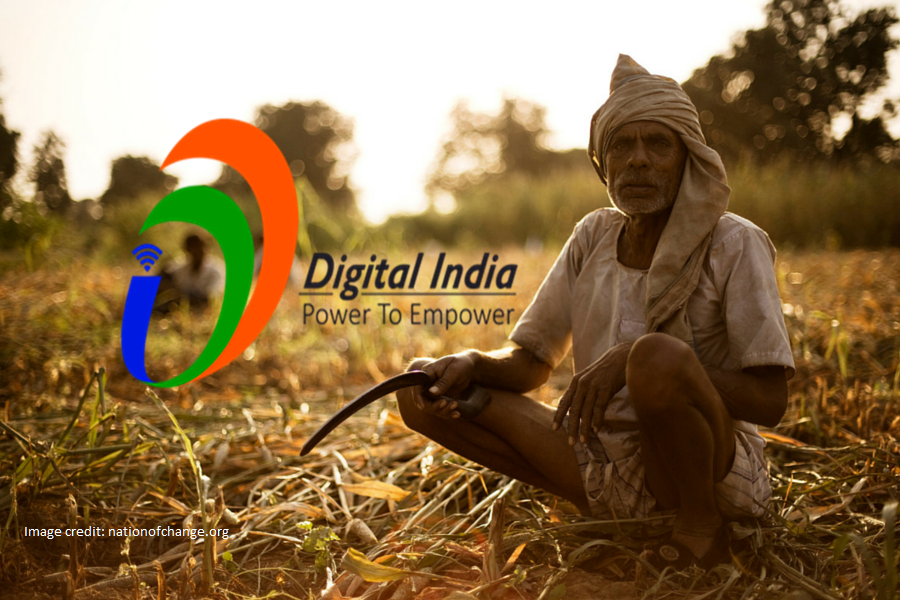
Linking Digital India As A Tool For Curbing Farmer Suicides – A Case Study Of Telangana State
Abstract
Keywords
Full Text:
PDFReferences
Adrian Athique(2012), “Indian media”, Polity Press, Cambridge, UK.
Aroop Datta(2015), “NaMo: A Name.A Cult, A Visual Delight”, Author House Publishers, Bloomington, New York.
Chander Mohan et al.(2012), “Role of GIS in Micro level planning watershed management for Rural development”, International journal on Research analysis and evaluation, vol.4, issue 39, December, 2012.
Ghosh D K, “Digital India: Rural Empowerment and transoformation”, UBS Publishers’ Distributors, New Delhi, 2006.
Kolagani, N., Ramu, P. & Varghese, K. (2012). Participatory GIS in Empowering Rural Communities: A Framework for Iterative Development and Evaluation, 6th International Congress on Environmental Modelling and Software, Leipzig, Germany, July 1-5, 2012.
Pradip Ninan Thomas(2012), “Digital India”, SAGE Publications, New Delhi.
Singh A.K. and Chopra U.K.(2007), “Geoinformatics applications in India-retrospect and prospects experience of National Remote Sensing Agency(NRSA)”, New India Publishing Agency, New Delhi.
Socio Economic Outlook-2015, Report issued by Department of Agriculture, Government of Telangana, 2015.
Data retrieved from http://articles.economictimes.indiatimes.com/2015-07-01/news/64004529 1_online-platform-farmers-online-trade
Data retrieved from http://ncrb.gov.in/ADSI2014/chapter-2A%20farmer%20suicides.pdf
Data retrieved from http://www.digitalindia.gov.in/content/management-structure
Data retrieved from http://www.digitalindia.gov.in/content/programme-pillars
Data retrieved from http://www.thehindu.com/data/does-it-pay-to-be-a-farmer-in-india/article6713980.ece






